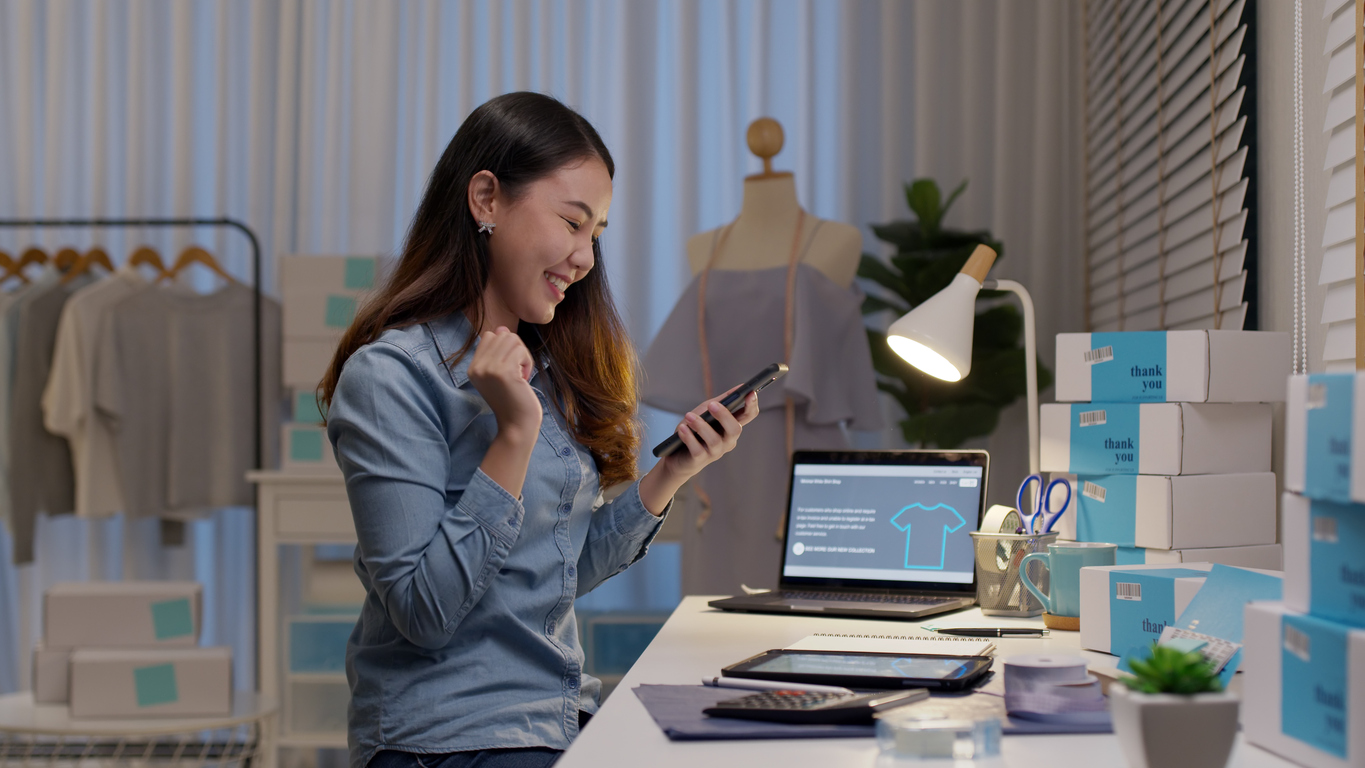Are You Making It Easy For Cybercriminals To Infiltrate Your Zoom Meetings?
Zoom has become an incredibly valuable tool for businesses that are trying to stay connected during the COVID-19 pandemic. Are you sure your Zoom meetings are appropriately secured against intruders?
As more and more employees are required to work from home during the coronavirus pandemic, video meeting platforms and online communication solutions have become much more critical.
Do you know if you’re using the right one? Zoom (a video conferencing solution that allows up to 1,000 attendees to get together a single virtual meeting) has become widely popular throughout the COVID-19 pandemic.
But if you’re not following the right cybersecurity best practices, it could be putting you at risk…
Top 2 Zoom-Based Cybersecurity Vulnerabilities
- Zoom-Bombing: Users have been reporting an increased rate of something called “Zoom-bombing,” which occurs when someone intrudes on your meeting to causes disruptions or eavesdrop on your conversation.
- Compromised Info: Cyber risk assessment firm Cyble has discovered more than half a million stolen Zoom credentials being sold on the Dark Web for almost nothing. The stolen info included usernames, passwords, meeting IDs, and host keys.
5 Ways To Protect Your Next Zoom Meeting
- Keep Zoom Up To Date. As Zoom’s team continues to improve its security and develop new defenses against cybercriminal techniques, they’ll release security updates regularly. Skipping one of those updates could put you at risk.
- Use A Unique Meeting ID & Password. It can be convenient to use your meeting ID (PMI), but it’s not the safest option. This number is the same every time, so as soon as the wrong person gets their hands on it, all your future meetings are compromised. Instead, you can have Zoom generate a unique ID for each meeting - and don’t forget to set a password!
- Don’t Share Meeting Info On Public Channels. While it may be easier to get the word out about your next big meeting by using social media, but without the right security settings in place, anyone can get that info. If you need to share an invite, do it directly over email.
- Enable The Waiting Room Feature. Zoom’s Waiting Room feature allows hosts to screen attendees as they come into the meeting, providing an extra level of protection against intruders.
- Manage Participants Carefully. As the host, you have a lot of power as to what goes on in the meeting. You can mute or boot participants as you see fit by using the “Manage Participants” option.
Like this article? Check out the following blogs to learn more:
Switching To Remote Work? Take These Recommendations Into Consideration




